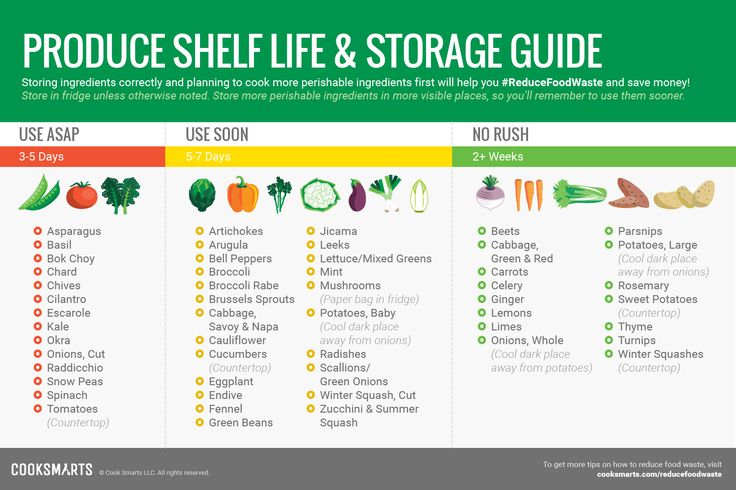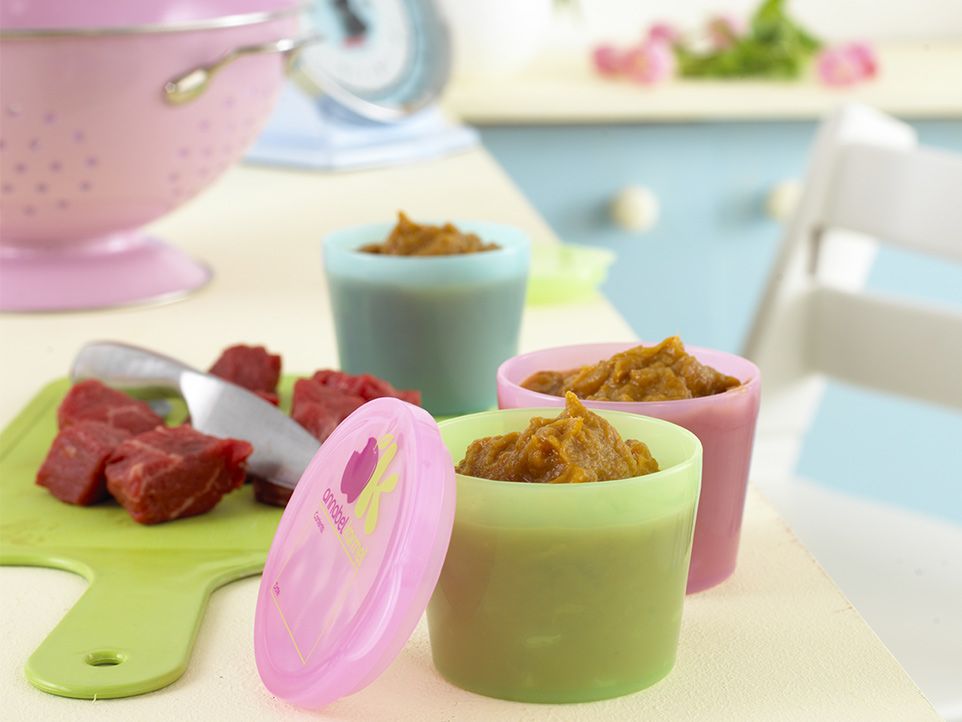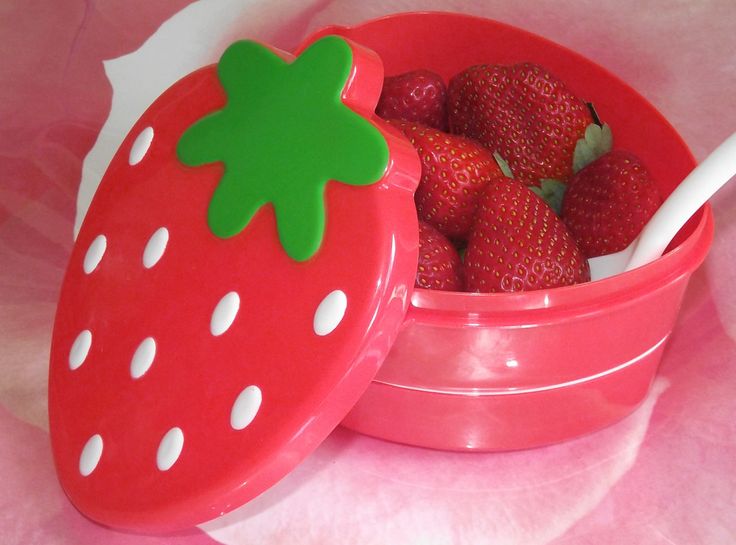How long do you steam sweet potatoes for baby food
Ultimate Guide to Sweet Potato for Babies
Jump to Recipe
Sweet potato is the perfect first food for babies. Here's how to cook it as well as serving suggestions for 6 months and up.
Jump to:- When can babies eat sweet potatoes?
- Health Benefits
- Sweet Potato Varieties
- Are sweet potatoes safe for babies?
- Selecting the Best Sweet Potatoes
- Cooking Methods
- How to Cut for Baby Led Weaning
- Frequently Asked Questions
- Additional sweet potato recipes for babies
- How to Cook Sweet Potatoes for Babies
When can babies eat sweet potatoes?
This nutritious vegetable can be offered to babies as soon as they’re ready to start solids, usually around 6 months. It’s important to remember that your baby is unique and that rather than going by the calendar, you need to make sure your baby is DEVELOPMENTALLY ready to start solids.
If you’re unsure, be sure to grab my FREE handout!
Health Benefits
Sweet potatoes are an excellent source of beta carotene, vitamin C, and potassium. In fact, orange sweet potatoes, along with carrots, are one of the best food sources of beta-carotene.
Once consumed, the body converts it to vitamin A, which is key for good vision, cell growth, and a healthy immune system.
They are also a great source of both soluble and insoluble fiber, which play a critical role in improving gut health.
Sweet Potato Varieties
Did you know that there are thousands of varieties grown around the world? They come in various sizes, shapes, colors, textures, and flavors. But they can be narrowed down to these three flesh colors.
- Orange flesh, which includes Garnet and jewels, are the most common variety.
- White or cream flesh, such as Korean sweet potatoes and Murasaki, are starchier and drier in texture.
- Purple flesh, such as Stokes and Okinawan, have a rich and creamy texture. They are also denser and drier than the orange sweet potatoes
They contain similar vitamin and mineral content and are are all wonderful to introduce to your baby.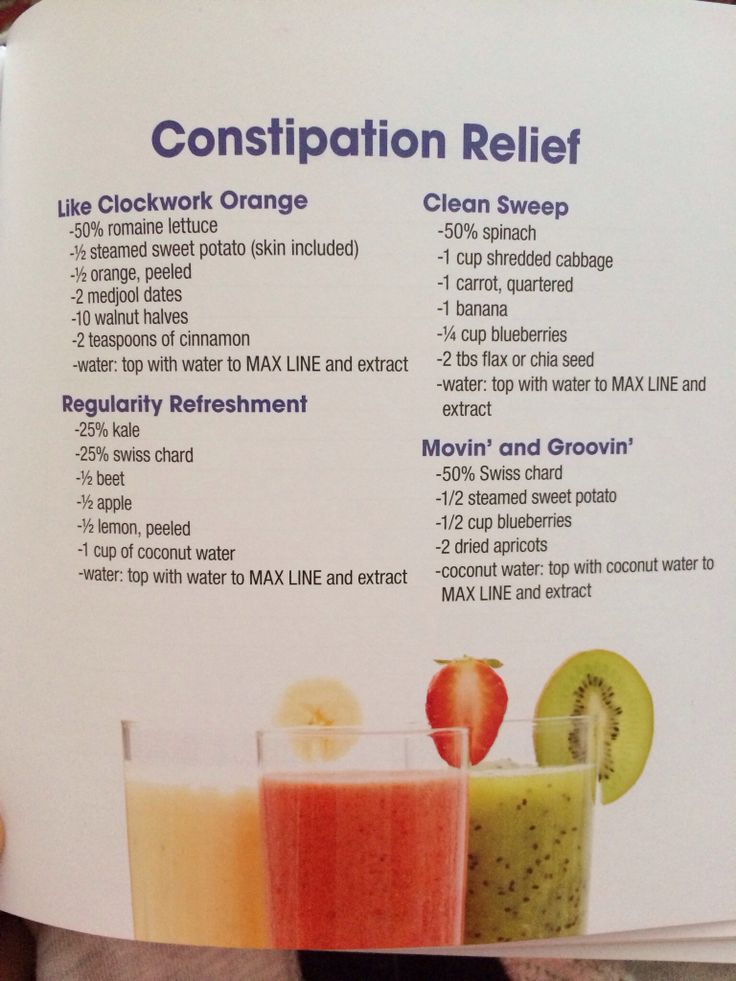 Where they differ is their antioxidant profile.
Where they differ is their antioxidant profile.
The orange-fleshed ones are rich in carotenoids whereas the purple varieties are rich in anthocyanins. White-fleshed sweet potatoes have the lowest amount of antioxidants.
Are sweet potatoes safe for babies?
As long as they are offered in an appropriate size and texture, it is safe. Let me show you how!
Note that sweet potatoes (organic and conventional) contain arsenic and other heavy metals that are found in the soil and water. While this may be concerning, it's nearly impossible to avoid these contaminants. So DON'T stop offering!
Just like with rice, as long as you are offering a wide variety of foods and not serving carrots all the time, there's no need to worry.
Selecting the Best Sweet Potatoes
Look for ones that are firm and have a smooth skin. Avoid those with bruises, cracks, or signs of sprouting. Just like with beets, choose small to medium-sized, firm (6-8 ouncees) potatoes. They are generally moister and less starchy.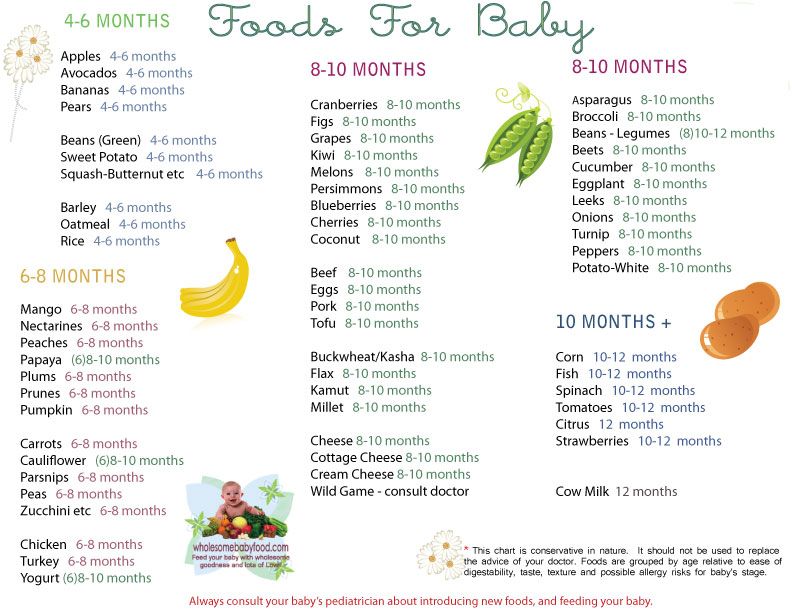
Be sure to sore in a cool, dark place. Refrigerating will cause them to dry out.
Cooking Methods
Here are the two best cooking methods for babies. It's VERY important that the vegetable is cooked until soft enough to be easily smooshed between thumb and forefinger.
First scrub the sweet potatoes under running water.
In regards to size, cut into big wedges (about the width of two adult fingers). Once cooked, you can cut into smaller pieces depending on your baby's age. This way you can serve both big and small pieces as I suggest below.
Steam
- Place water in a pot, add steamer basket, and bring to a boil.
- Add sweet potatoes, cover, reduce heat to medium, and cook for 10-15 minutes. It should be easily pierce-able with a fork.
Steam roasted
This is my FAVORITE method. Not only does it taste AMAZING, cooking with oil will aid in the absorption of vitamin A, a fat-soluble nutrient.
How it works:
The hot oven and moisture from the veggies create steam (once covered) making them soft, but because they’re roasted, the flavors become more concentrated.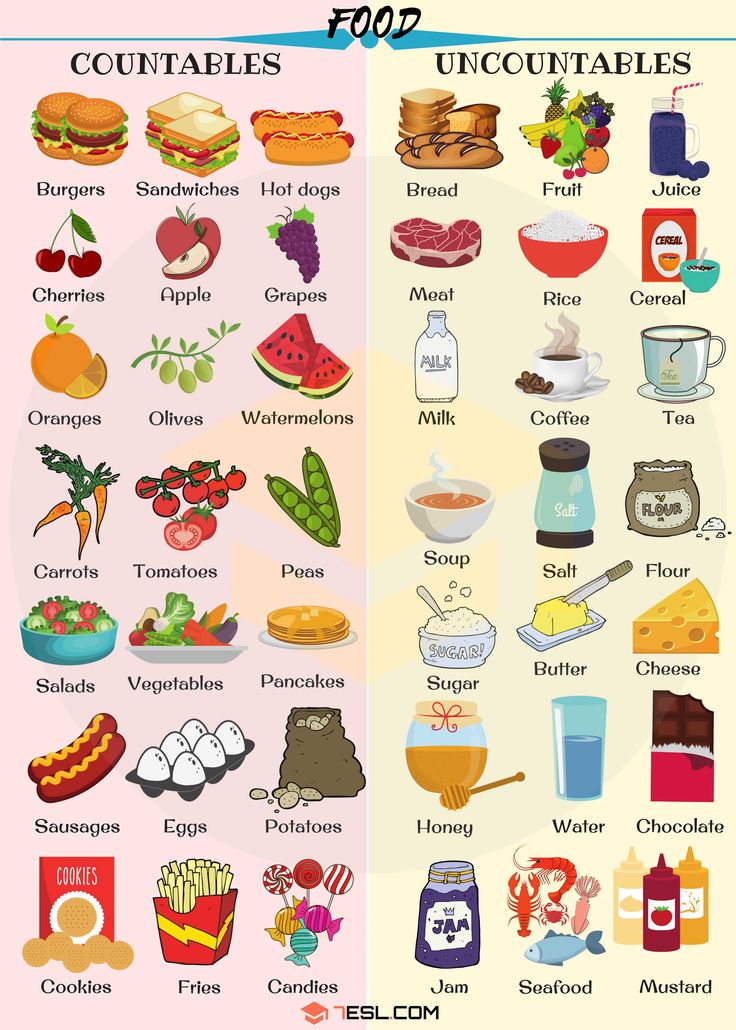
Simply add sweet potatoes to a baking pan, toss with oil and seasoning(s) of choice, COVER, and roast at 425°F for 20-25 minutes! Perfectly soft and flavorful!
It's ok if they overlap a little bit. It will create more steam resulting in softer carrots.
Learn more about steam roasting as well as cooking times for ALL other vegetables
Whole Baked
- Line baking sheet with parchment paper for easy clean up.
- Pierce all over with a fork or knife.
- Bake at 400 degrees Fahrenheit for 45 minutes to an hour, until super tender and easily mashable.
- Peel the skin and mash!
Instant Pot
Here's everything you need to know to make the best mashed sweet potatoes!
How to Cut for Baby Led Weaning
6+ months old
Pureed - Add cooked sweet potatoes into a blender and blend until smooth. Add breastmilk/formula, water, or even broth to thin out to desired consistency.
Mashed - Whether you are advancing in texture after doing purees or starting with baby led weaning, this is such an easy and versatile way to serve sweet potatoes to your baby.
Simply mash with the back of a fork and add to:
- Homemade baby oatmeal
- Quinoa
- Lentils
- Chia Pudding
- Overnight oats/quinoa
- Toast
- Yogurt
- Sweet potato quinoa patties
- Sweet potato chickpea cookies
- Sweet potato tots
6-9 months old
Bigger is better and safer at this age so your baby can easily grab the food with their palm and bring to mouth.
Examples
These are actual plates that I served to my daughter at this age. If interested in learning more, check out my 3 month meal plan.
- Orange sweet potato wedge + oatmeal + broccoli
- Purple sweet potato wedge + Shrimp mash
- Sweet potato bean mash + steam roasted red bell pepper strip
- Instant Pot mashed sweet potatoes
9+ MONTHS OLD
As your baby develops their pincer grasp and is able to pick up small pieces of food using their thumb and forefinger, you can cut into small, bite-sized pieces. I still suggest continuing to offer larger pieces so they can practice taking bites.
I still suggest continuing to offer larger pieces so they can practice taking bites.
If you haven't already, this is a good time to introduce utensils. Your baby will most likely just play around or toss it. But it’s still great for exposure!
Try forking a piece of squash and plate on their plate. Be sure to continue modeling. They are like sponges and learn by watching you!
I also encourage you to offer mixed foods often before your baby becomes more selective. If they’ve never had foods touching and mixed together, it will be much harder to get them to eat these later on.
Here are some family-friendly meals to help get you started!
- Creamy sweet potato sauce pasta
- Chickpea lentil chili
- Chicken quinoa casserole
- Sweet potato quinoa lasagna
Frequently Asked Questions
How should I store leftovers?
Transfer to an airtight container and keep in the fridge for up to 5 days.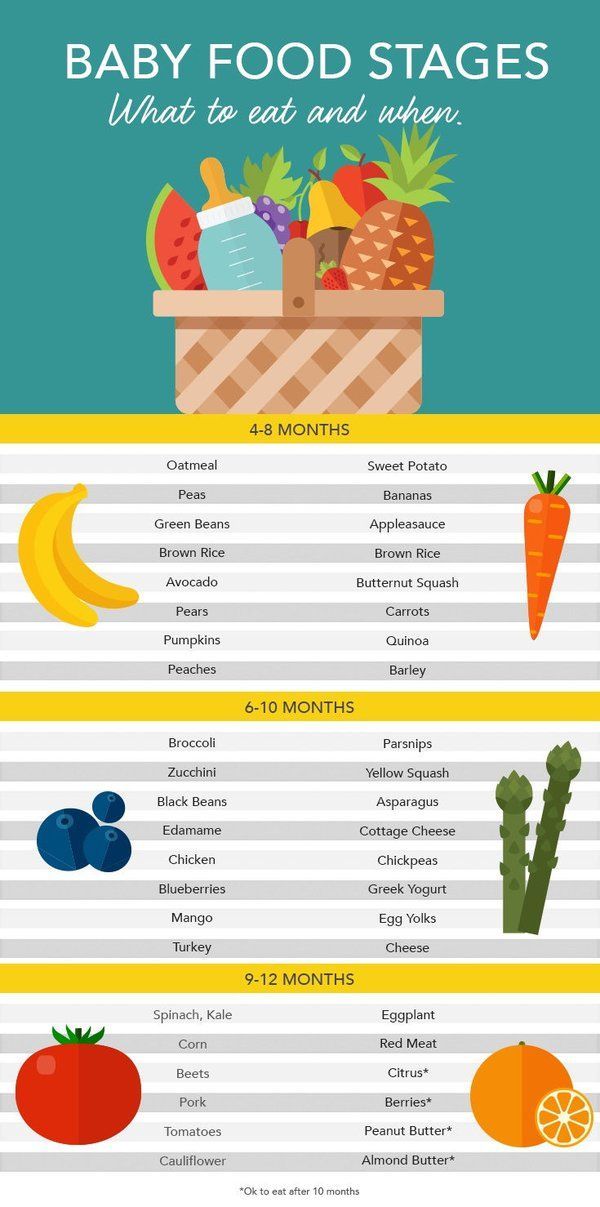 Since they're very soft in texture, I don't recommend freezing them. If you have a lot of leftovers and want to invite more variety, add them to the recipes I suggest below!
Since they're very soft in texture, I don't recommend freezing them. If you have a lot of leftovers and want to invite more variety, add them to the recipes I suggest below!
How should I reheat leftovers?
Again, because the florets are so soft, reheating will only make them mushier. Serve straight from the fridge or allow to come to room temperature.
Can I freeze cooked sweet potatoes?
Yes! Cool completely and transfer to a freezer bag or container.
Additional sweet potato recipes for babies
Here are some easy, healthy, and delicious recipes to enjoy with your baby. Try incorporating different types of sweet potatoes, if possible, for variety.
If you want to learn how to prepare other specific food(s), check out my How To Series!
How to Cook Sweet Potatoes for Babies
Sweet potato is the perfect first food for babies. Here's how to cook it as well as serving suggestions for 6 months and up.
5 from 2 votes
Print PinPrep Time: 5 minutes
Cook Time: 25 minutes
Total Time: 30 minutes
Servings: 4
Author: Min | MJ and Hungryman
- ▢
Baking Mat
- ▢ 1 medium sweet potato, peeled and sliced into big wedges
- ▢ 1 tablespoon olive oil (for steam roast)
- ▢ seasoning(s) of choice (for steam roast)
Steam
Place water in a pot, add steamer basket, and bring to a boil.Add sweet potatoes, cover, reduce heat to medium, and cook for 10-15 minutes. It should be easily pierce-able with a fork.
Steam roast
Add sweet potatoes to a baking pan, toss with oil and seasoning(s) of choice, COVER, and roast at 425°F for 20-25 minutes.
It's ok if they overlap a little bit. It will create more steam resulting in softer texture.
Whole Baked
Line baking sheet with parchment paper or baking mat.
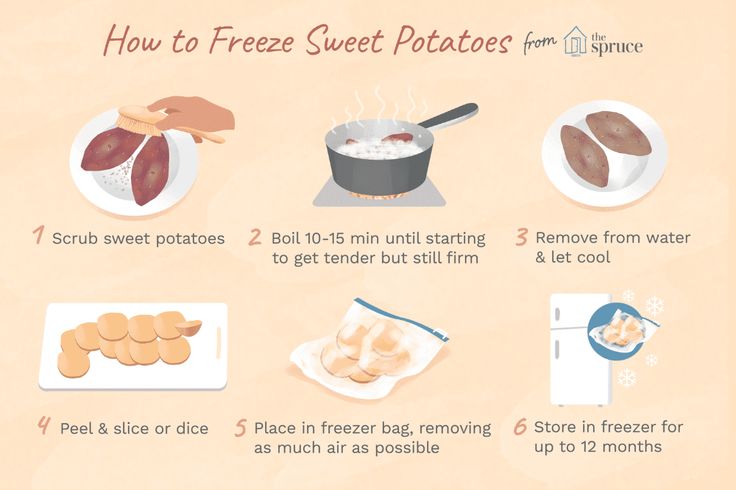 Pierce all over with a fork or knife .Bake at 400 degrees Fahrenheit for 45 minutes to an hour, until super tender and easily mashable. Peel the skin and mash!
Pierce all over with a fork or knife .Bake at 400 degrees Fahrenheit for 45 minutes to an hour, until super tender and easily mashable. Peel the skin and mash!
To store: Transfer to an airtight container and keep in the fridge for up to 5 days. Since they're very soft in texture, I don't recommend freezing them.
Calories: 80kcal | Carbohydrates: 11g | Protein: 1g | Fat: 4g
Course Side
Cuisine American
Tried this Recipe? Tag me Today!Tag me @KidFriendly.Meals today!
Do you want to minimize picky eating and set a solid foundation for a lifetime of healthy eating habits?
Check out this 3 month mastering self-feeding program! It’s the closest thing to me being in your kitchen
Sweet Potato Puree - Healthy Little Foodies
All Posts, by Date » Special Diets » Dairy Free » Sweet Potato Puree
Jump to Recipe Print Recipe
Sweet Potato Puree is a great first food for babies.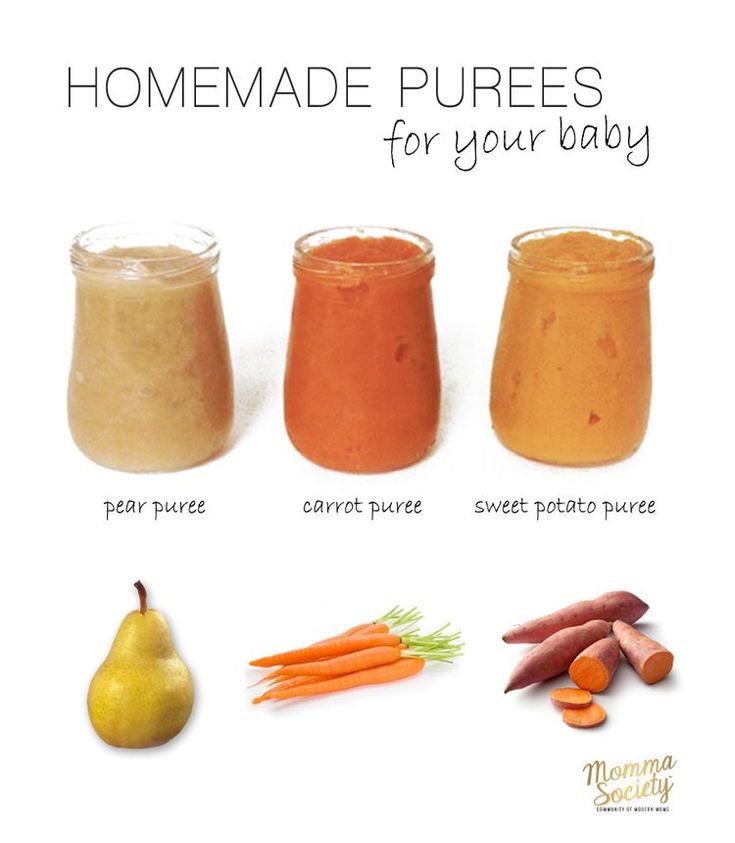 However, this delicious puree shouldn’t be limited to babies. Store some in your freezer to add extra nutrition, flavour and texture to oatmeal, sauces or baked goods.
However, this delicious puree shouldn’t be limited to babies. Store some in your freezer to add extra nutrition, flavour and texture to oatmeal, sauces or baked goods.
Making homemade sweet potato puree is easy and you only need one ingredient – sweet potato! There are several ways to cook a sweet potato and all methods will work for pureeing but, in my opinion, roasting provides the best-tasting puree.
Cooking Sweet Potato- Roasting – Roasting sweet potatoes produces a delicious caramelised flavour, making the puree extra delicious. Preheat oven to 200C / 400F. Pierce sweet potatoes with a fork and place on a baking tray. Bake for 45 minutes or until tender, and the skin is wrinkled. Allow to cool before peeling
- Boiling – Peel sweet potato and cut into 1.5 cm (half-inch) cubes. In a pan, bring water to a boil and add sweet potato chunks.
 Reduce to a simmer and cook until tender, around 15 minutes.
Reduce to a simmer and cook until tender, around 15 minutes. - Steaming – Peel and cut sweet potatoes into 1.5 cm (half-inch) cubes and steam, using a steamer, until soft.
- Food Processor – This is what I always use.
- Blender – A high-speed blender works great.
- Stick Blender – Place the cooked potato into a large jug/pan and blend until smooth
- Masher – Provides a chunkier puree
- Is your puree too thick? You can thin with a splash of milk (you can use breast or baby milk for babies)
The sweet potato is a healthy pantry staple, containing a good mix of nutrients and vitamins. Sweet potatoes are:
- High in dietary fibre – Helps keep the digestive system healthy
- An excellent source of vitamin A – Essential for growth, healthy skin and for good vision.

- A good source of Vitamin C – Needed for growth and healing of wounds. It also helps in the absorption on iron.
- Vitamin B6 – Helps protein metabolism
- Potassium – Helps the heart and muscles work better
Sweet Potato Puree can be enjoyed as it is or mixed with a range of other pureed or mashed foods. Some suggestions include….
- Apples
- Pears
- Carrots
- Parsnip
- Peas
- Pumpkin
- Brown Rice
- Quinoa
- Lentils
- Chicken
- Beef
- Yoghurt
If you want to add more texture to your puree, simply mash using a masher or blend for a shorter time
OTHER GREAT USES FOR SWEET POTATO PUREE- Add to Oatmeal – For a warm and comforting start to the morning! Why not try these Sweet Potato Pie Oats.

- Use in baking – Great for adding sweetness, using as a binding agent and for adding moisture to baked goods. Use in muffins, brownies and cakes.
- Add to risotto – Adds a different, yet tasty, touch to a risotto. This sweet potato and mushroom risotto looks amazing!
- Use it to make pancakes and truffles – for those kids that can’t get enough sweet potato!
- Stir into Sauces – Add some creaminess and sweetness to a range of different sauces.
- Mix into smoothies – Sweet Potato goes well with a range of smoothie ingredients and will make a smoothie ultra creamy.
- Extra Smooth Pie Topping – Great for kids with textural issues. Use it to top this Lentil and Sweet Potato Shepherds Pie
- Use as an Egg Replacement in Baking – Learn more in this egg substitution guide.

HOW TO STORE SWEET POTATO PUREE
Refrigerate- Place in an airtight container and refrigerate for up to three days.
- Spoon the puree into ice-cube trays and freeze until solid. (Freezing in ice cube trays allows you to defrost the small amounts when you need it.)
- Flexible ice cube trays work best as it is easier to pop out the frozen cubes.
- Once they’re fully frozen, quickly pop them all out and place the frozen cubes into a freezer bag or container and return to the freezer.
- Thaw in the refrigerator.
- Do not refreeze if puree has previously been frozen.
Looking for more healthy kid recipes?Sign up for my free recipe newsletter to get new family friendly recipes in your inbox each week! Find me sharing more kid-friendly inspiration on Pinterest and Instagram.
5 from 6 votes
Sweet Potato Puree
Sweet Potato Puree is a great first food for when you start weaning your baby. However, this delicious puree shouldn't be limited just to babies. Stock some in your freezer to add extra nutrition, flavour and texture to oatmeal, sauces or baked goods.
However, this delicious puree shouldn't be limited just to babies. Stock some in your freezer to add extra nutrition, flavour and texture to oatmeal, sauces or baked goods.
Print Recipe Pin Recipe
- ▢ 2 Medium Sweet Potatoes
Preheat oven to 200C / 400F and line a baking tray with baking paper/foil.
Wash and dry the potatoes. Using a fork, pierce the potatoes several times, on both sides.
Place in the oven and roast for around 50 mins (checking after 45 mins), or until the potato is wrinkled and tender.
Allow the sweet potatoes to cool for around 10 minutes, peel the potato and place the flesh in a food processor. Blend until smooth.
- If using large sweet potatoes, cut in half, lengthways, before roasting.
- The length of time needed will depend on the size and thickness of the potato.
Nutritional information is a ROUGH guide only, calculated using an online nutrition calculator.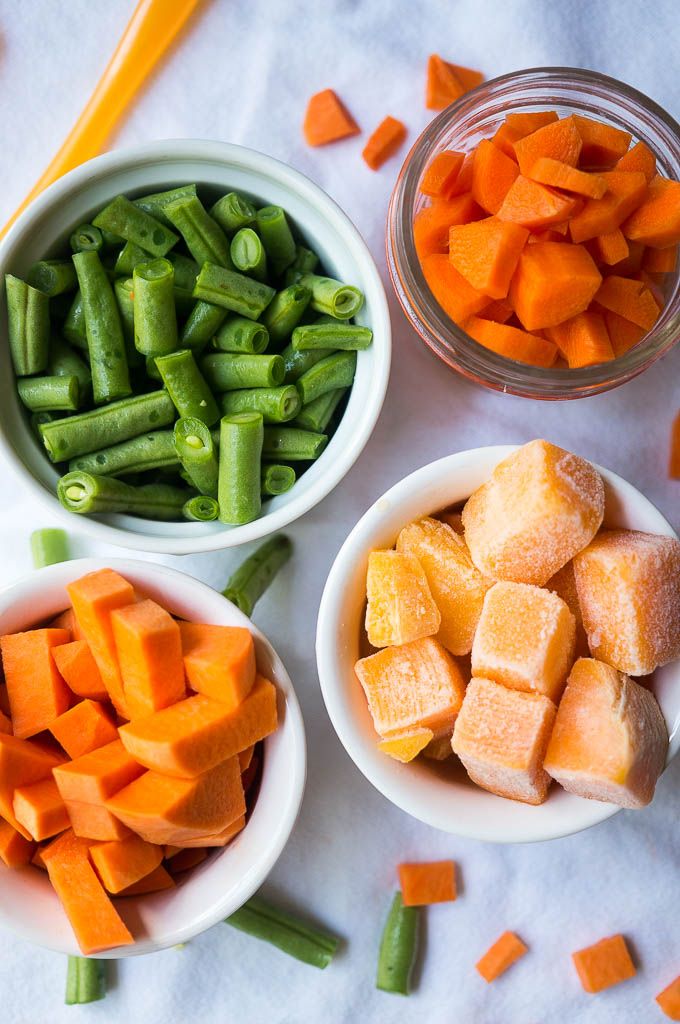
Nutrition Facts
Sweet Potato Puree
Amount Per Serving
Calories 64
% Daily Value*
Sodium 41mg2%
Potassium 253mg7%
Carbohydrates 15g5%
Fiber 2g8%
Sugar 3g3%
Protein 1g2%
Vitamin A 10690IU214%
Vitamin C 1.8mg2%
Calcium 23mg2%
Iron 0.5mg3%
* Percent Daily Values are based on a 2000 calorie diet.
Course:Baby Food, Ingredient
Cuisine:Western
Keyword:Homemade Sweet Potato Puree, Sweet Potato Puree, Sweet Potato Puree for Babies
Did you make this recipe?Mention @WPRecipeMaker or tag #wprecipemaker!
Resources & Learn More
- Australian Sweet Potatoes
Meet Amy
Amy Whiteford runs the blog Healthy Little Foodies. She is a mum to two, has a BSc (Hons) Food Science, PGDE Primary Education and a Certificate in Childhood Nutrition. She uses her experience and knowledge to create healthy and delicious recipes for kids. Explore the site for creative ideas, tips, and inspiration! Read more
She is a mum to two, has a BSc (Hons) Food Science, PGDE Primary Education and a Certificate in Childhood Nutrition. She uses her experience and knowledge to create healthy and delicious recipes for kids. Explore the site for creative ideas, tips, and inspiration! Read more
How to raise a Healthy Little Foodie
Receive family friendly recipes, delivered weekly to your inbox, for FREE! And receive this FREE ebook - "How to Raise a Healthy Little Foodie"
Reader Interactions
cooking recipes and age limits
› ›
Sweet potatoes or sweet potatoes are great choices for baby food. It is pleasant in taste (reminiscent of a mixture of potatoes and pumpkin or carrots with added sugar) and creamy texture (in the form of a puree), is liked by many babies and rarely causes allergies. But since this product is still a curiosity in Russia, our mothers will need explanations. So at what age can you give sweet potato to children and how to cook it properly for complementary foods? nine0003
So at what age can you give sweet potato to children and how to cook it properly for complementary foods? nine0003
Content
- From what age to give
- The composition of the product
- Is the battery useful for children
- Can sweet potatoes cause allergies
- How to choose for children's nutrition
- Subtleties of storage
- how to prepare for primacy
- Sweet Potato Baby Recipes
- Smooth Sweet Potato Puree
- Carrot and Sweet Potato Puree
- Sweet Potato Chicken Soup
- Sweet Potato Milk Rice Porridge
- Sweet potato with peas and cauliflower
- Video: how to make sweet potato for baby food
At what age to give
American parents start giving sweet potatoes to their baby, starting at six months. This is one of the first complementary foods introduced to a baby in the US after weaning.
The first sample (1 teaspoon is enough) is offered in the form of a thin, homogeneous puree. It is easily absorbed by the body of the baby. The delicate creamy texture makes it easy for the baby to swallow and digest such food. nine0003
It is easily absorbed by the body of the baby. The delicate creamy texture makes it easy for the baby to swallow and digest such food. nine0003
After that, they wait three days without introducing other new foods into complementary foods. That allows you to track the negative reaction and stop feeding sweet potatoes in time.
After about 2 months, the baby can try boiled sweet potatoes, mashed with a fork or grated on a fine grater. Almost all children like its moderately sweet taste.
After a year sweet potatoes are good to combine with rice or oats to increase the nutritional value of dishes.
Can a child eat sweet potatoes raw? nine0003
Sweet potatoes contain complex carbohydrates, so the glycemic index (GI) of the product is lower (55) than that of the usual potato (from 70).
Is sweet potato good for kids
Baby likes sweet potato puree with turmeric
Sweet potatoes can bring many health benefits to a child if they are part of a child's diet. Key properties:
Key properties:
- Fights constipation. Sweet potatoes are a valuable source of fiber. 100 g of the product contains about 3 g of dietary fiber, which prevent constipation and strengthen the baby's digestive tract. nine0014
- Source of beta-carotene (provitamin A). This vitamin is essential for healthy vision. Its presence in the children's menu is a must and helps to improve eye health.
- Strengthens the immune system. Vitamins C and E in the composition increase the body's defenses, help the child fight infections.
- Good for the skin. Makes her look healthy and radiant.
- Healthy calories. Sweet potatoes contain only 0.1 g of fat at 86 kcal per 100 g. Therefore, they are among the healthy foods for babies, especially those with insufficient weight (hypotrophy). High-calorie sweet potato promotes weight gain and physical development of children. nine0014
- Prevents the development of anemia. Iron in the composition prevents anemia in a child with insufficient intake of a trace element with food or after severe blood loss (abdominal operations, injuries, etc.
 ).
). - Strengthens bones. Calcium, which is also found in sweet potatoes, is vital for the growth and development of children's musculoskeletal system.
Can sweet potatoes cause allergies
Sweet potatoes rarely cause allergic reactions in babies. That is why it is suitable for complementary foods. However, it is possible. nine0003
Signs of sweet potato allergy:
- vomiting,
- rash (including around the anus),
- diarrhea,
- bloating due to indigestion.
Vomiting and diarrhea can sometimes cause not only allergies, but also intestinal infections in the finished dish. For example, with insufficient sanitation of tubers or children's dishes.
Babies may spit out sweet potato puree when switching to solid foods for a variety of reasons. nine0003
There may be other side effects, which are usually minor and easily manageable.
Caution! With ulcerative colitis and some other serious diseases of the gastrointestinal tract, sweet potato dishes are prohibited. Be sure to discuss the possibility of introducing sweet potatoes into complementary foods with your pediatrician.
Be sure to discuss the possibility of introducing sweet potatoes into complementary foods with your pediatrician.
Excessive consumption can provoke the formation of kidney stones.
How to choose baby food
The choice of food for a child's table should be taken seriously. If possible, choose organic sweet potatoes grown without the use of pesticides and other chemicals. nine0003
Here are a few tips to help you make your choice:
- Choose medium-sized tubers with firm, smooth skins. If they are not on sale, take small ones (large ones have a lot of starch).
- Set aside specimens that are too soft with brown spots on the skin, punctures, signs of rot, and emit an unpleasant odor.
- The richer the color of the potato skin (white/cream, pink, red and purple), the more valuable antioxidants the product contains. nine0014
Storage details
In this case, the refrigerator is not the right place. Sweet Potato Storage Options:
- in a covered box in the kitchen at room temperature for up to 1 week;
- in a cool pantry or cellar at +13-16°C - up to 2 weeks.
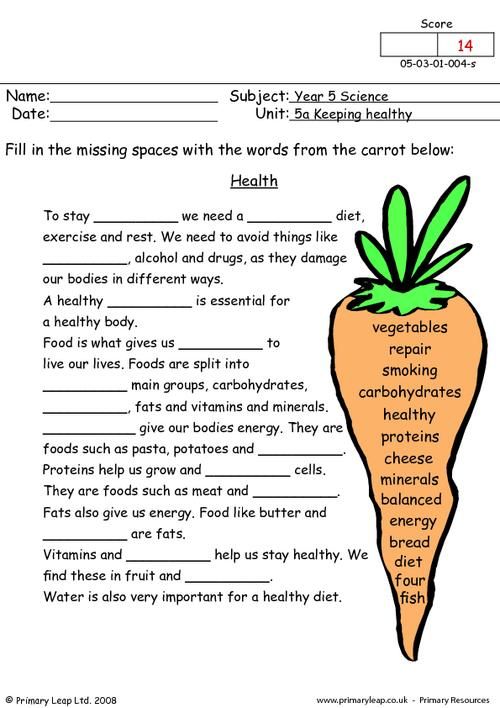
Sweet potato purée can be frozen in ice cube trays
Boiled sweet potato purée can be frozen in advance (a drop of lemon juice is added to prevent browning). It can be kept in the freezer for up to a year, but it is better not to use it for feeding children - during the defrosting process, bacteria quickly begin to multiply in the starchy mass. nine0003
How to cook for weaning
The first thing to do is wash the tubers thoroughly before peeling and cutting. Then remove the skin or leave (for baking) and thermally process (until soft) in one of the following ways:
- Baking. Preheat oven to 220°C. Pierce each tuber in several places and place on a baking sheet. Bake for 45 minutes. Cool and remove the skin.
- Cooking. Peel sweet potatoes, cut, boil in clean water. nine0014
- Pressurized (pressure cooker). Peel the sweet potato, cut into slices or cubes, place in a pressure cooker and wait for 1-2 whistles (guided by softness).
- For a couple.
 Peel and cut the product, place in a double boiler and cook.
Peel and cut the product, place in a double boiler and cook. - Microwave. Peeled potatoes cut into small slices and do in each hole. Place in the microwave and turn on the maximum power for about 10 minutes.
Puree cooked sweet potatoes with a blender, potato masher or regular fork. If necessary, add some boiled water. nine0003
Baby sweet potato recipes
Let's see what can be done with sweet potato for a child.
Smooth sweet potato puree
One-component sweet potato puree
Ingredients:
- 1 medium sweet potato,
- 1 glass of water or vegetable broth.
Cooking method:
- Prepare the sweet potato using any of the available methods.
- Mash while still warm.
- Add half a glass of water or vegetable stock and beat or stir well.
- Add the rest of the water/broth to make a thin, smooth puree that a child can easily swallow.
Carrot and Sweet Potato Puree
This puree is rich in vitamin A.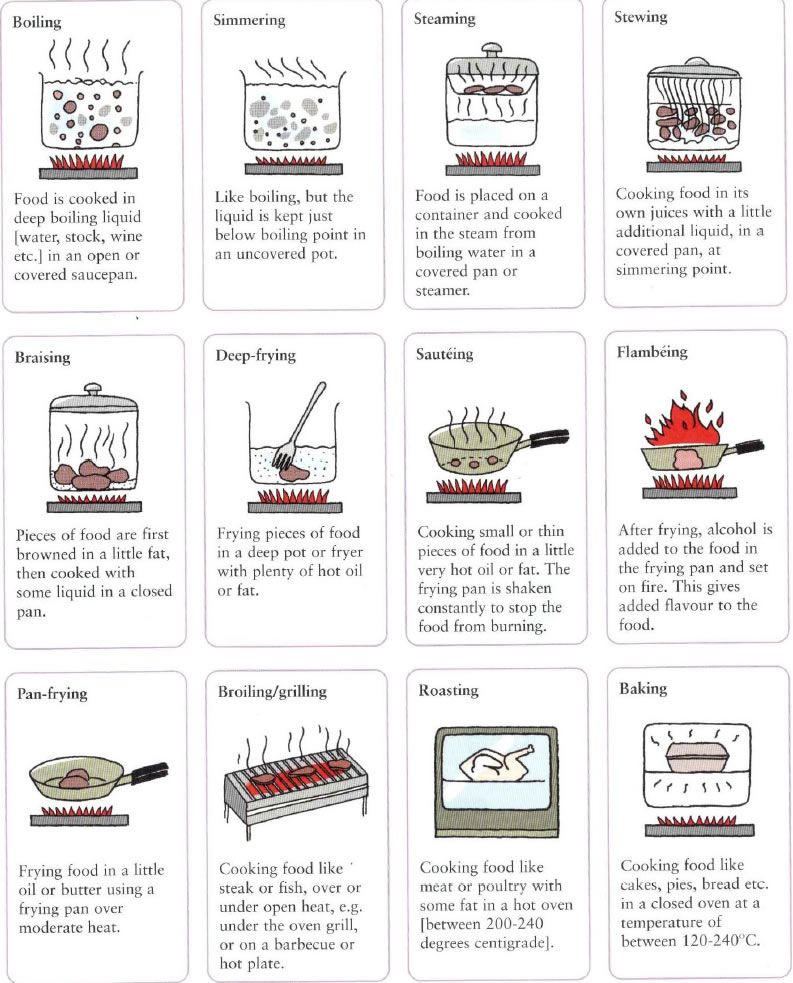 It is suitable for babies from 7 months old who have already become familiar with mixed foods (containing two or more ingredients).
It is suitable for babies from 7 months old who have already become familiar with mixed foods (containing two or more ingredients).
Two-component puree with carrots and sweet potatoes
Ingredients:
- 1 medium sweet potato,
- 1 medium carrot,
- 1 glass of water or vegetable stock.
Method of preparation:
- Thoroughly washed and peeled carrots, grate, and peeled sweet potatoes cut into small pieces.
- Boil them together in the same water until soft.
- Cool and puree.
Sweet potato chicken soup
This dish contains a nutritious broth rich in protein. But it is only suitable for children who are accustomed to non-vegetarian food.
Sweet Potato Chicken Soup
Ingredients:
- 100 g lean chicken mince,
- 5 cups water,
- 1 cup boiled sweet potato.
Cooking method:
- Boil the minced chicken in a saucepan with a little water.
 Don't forget to skim off excess fat while boiling. nine0014
Don't forget to skim off excess fat while boiling. nine0014 - Transfer the boiled sweet potato to a blender and add the prepared chicken broth to it.
- Blend until smooth.
- If the soup is too thick, add boiled water.
Rice porridge with milk and sweet potatoes
This recipe is rich in dietary fiber, which helps prevent constipation. It is also a healthy dessert option for toddlers without the use of sugar.
Sweet potato rice porridge for children
Ingredients:
- 1 cup rice
- 4 medium sweet potatoes
- 3 cups water
- 1 cup breast, goat, coconut or cow milk.
Cooking method:
- Boil diced sweet potatoes and rice in a little water.
- 10-15 minutes after boiling (when the food is half cooked), add milk and stir.
- Let stand 10-15 minutes.
- Cool slightly to serve to a child. nine0014
Sweet potato with peas and cauliflower
Another great recipe for babies from 7 months old.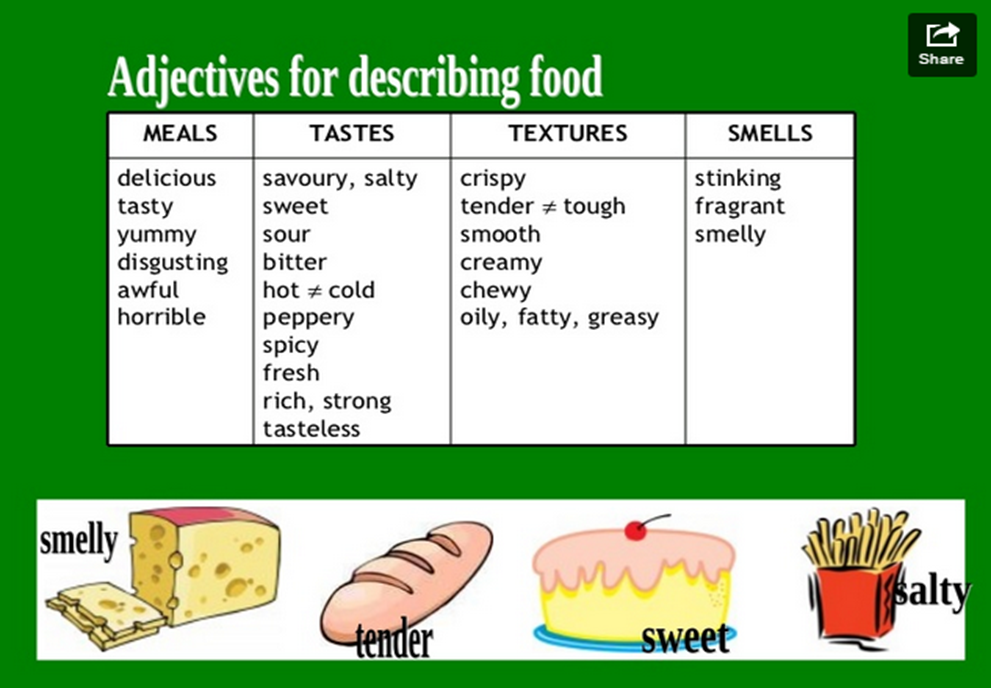 The dish has absorbed the virtues of three vegetables: sweet potatoes, peas and cauliflower.
The dish has absorbed the virtues of three vegetables: sweet potatoes, peas and cauliflower.
Sweet potato puree with green peas and cauliflower
Ingredients:
- 1 medium sweet potato,
- 1/4 cup green peas,
- 1/2 cup cauliflower flowers, 9013 water
- (depending on desired consistency). nine0014
How to cook:
- Wash, peel and dice sweet potatoes.
- Boil all vegetables in water.
- Allow the mixture to cool slightly.
- Blend with a blender until smooth.
Video: how to make sweet potato for baby food
Sweet potato also combines with other foods suitable for baby food, such as apples, pumpkin, zucchini, legumes, corn, cabbage and broccoli. nine0003
Nutritionists recommend pairing high-carbohydrate sweet potatoes with high-fiber greens (spinach, dill, and parsley). More recommendations and recipes in our Instagram. We look forward to visiting!
More recommendations and recipes in our Instagram. We look forward to visiting!
Parsley for children: from what age can it be given.
Share with friends:
Author: Yakusheva Tatyana
Potatoes in complementary foods - Encyclopedia Baby food
Levchuk Victoria ©In the modern culinary world, potatoes occupy a leading position in consumption, especially in Russia. Therefore, most parents try to quickly introduce potatoes into the child's diet. But not everything is so simple and easy. When should you introduce your baby to potatoes? How much to give? How to give? And how to enter? We will try to answer all these questions in the article Potatoes in complementary foods. nine0003
What are potatoes?
Contents:
Potatoes are also called tuberous nightshade. It is a perennial herbaceous plant that reproduces only by tubers. This product is one of the most important components of the diet to this day. But, due to the content of solanine in it, they are considered poisonous. Therefore, it is strictly not recommended to use potatoes in a “green” form, because. It is deadly for both animals and humans.
Therefore, it is strictly not recommended to use potatoes in a “green” form, because. It is deadly for both animals and humans.
In agriculture, potatoes are grown as an annual. The most popular types of potatoes for consumption are: Chilean, tuberous and Andean. Product seasons are summer and autumn. The same is true in Russia. nine0003
The history of the potato
It is hard to imagine that a few millennia ago no one even thought about the existence of the potato. But for the first time it was mentioned about 9-7 thousand years ago on the land where Bolivia is now located. Its introduction into agriculture was started with the use of lush thickets. And the Indians not only used it, but also considered it to be an animated object and prayed to it.
The European world adopted the potato in the 16th century and considered it poisonous as well as decorative. But thanks to Antoine-Auguste Parmentier, an agronomist from France, it was discovered that potatoes have an excellent taste and a lot of nutrients. This discovery helped fight famine in France. nine0003
This discovery helped fight famine in France. nine0003
Potato appeared in Russia a little later, in the 17th century. Peter the Great brought a bag with tubers of this product to the capital of the Russian Empire from Holland for popularization in the provinces for its cultivation. However, the potato did not immediately gain its fame. At first, the product was considered an exotic vegetable, and it was served only in rich families. And then, after some time, gradually displacing turnips from the diet of peasants, potatoes were accepted throughout Russia.
The benefits of potatoes in baby food
Potatoes are considered a good source of vitamin C, vitamin B6 (which supports the formation of new cells in a child's body) and potassium. It also contains fiber, iron, folate, riboflavin, thiamine, niacin, zinc and magnesium!
Potatoes are an excellent source of vitamin C, the average tomato is significantly less of this vitamin. Vitamin C is a water-soluble vitamin that acts as an antioxidant that stabilizes free radicals, thereby helping to prevent cell damage. It helps in the production of collagen; promotes the absorption of iron; and helps heal wounds and keep gums healthy. Vitamin C also helps support the body's immune system. nine0003
It helps in the production of collagen; promotes the absorption of iron; and helps heal wounds and keep gums healthy. Vitamin C also helps support the body's immune system. nine0003
One medium potato with skin contains 2 grams of fiber or 8% of the daily value per serving. Fiber is a complex carbohydrate and is part of plant material that cannot be digested and absorbed into the bloodstream. Soluble fiber helps with weight loss because it makes you feel fuller for longer, and studies have shown that it also helps lower blood cholesterol levels.
Potatoes are a good source of vitamin B6, providing 10% of the recommended daily value. nine0003
Vitamin B6 is a water-soluble vitamin that plays an important role in carbohydrate and protein metabolism. It helps the body make non-essential amino acids needed to make various body proteins; B6 is also required for the synthesis of hemoglobin, the main component of red blood cells.
One medium potato provides 6% of the recommended daily intake of iron.
One medium potato with skin provides 620 milligrams or 18% of the recommended daily value (DV) of potassium per serving and is considered one of the best potassium foods. Potatoes rank highest among potassium-rich foods and are among the 20 most commonly consumed raw vegetables and fruits. Potassium is a mineral that is part of every cell in the body. It helps maintain normal blood pressure. Potassium is also vital for the transmission of nerve impulses or signals, as well as for helping muscles. nine0003
As with many other vegetables and fruits, the nutritional value of potatoes is maximized when cooked with the skin on.
Of course potato skins are difficult for young children to digest, although young potatoes are thin and tender and easy to peel off. But it is rare for small children to prepare dishes made from potatoes with skins, such as village potatoes. Such dishes are offered to older children who will appreciate the taste of the product with spices.
Potatoes are packed with carbohydrates.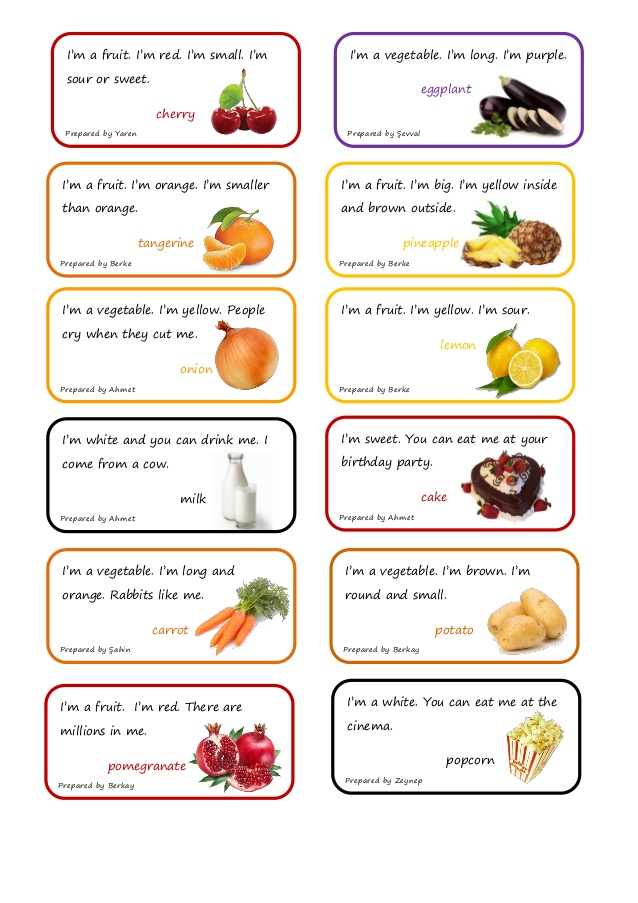 Carbohydrates are generally considered a bad food, but the carbs in potatoes are complex carbs - the "goodies" of the carb world! They are the main source of fuel, helping to feed the brain and bring energy to the muscles of the child! nine0003
Carbohydrates are generally considered a bad food, but the carbs in potatoes are complex carbs - the "goodies" of the carb world! They are the main source of fuel, helping to feed the brain and bring energy to the muscles of the child! nine0003
Carbohydrates in potatoes contain "resistant starch" that does not survive digestion on its way to the large intestine! There, it acts as a fiber as it can help lower cholesterol levels and help protect against colon cancer. Potatoes give a satisfying feeling of fullness, which is why they are a popular comfort food!
Unfortunately, the health benefits of potatoes are generally negated by unhealthy cooking methods such as roasting. Or by adding various fillings that improve the taste of potatoes, but reduce its benefits. And this is a shame, because potatoes, properly cooked, can be not only delicious, but also healthy for the little man. nine0003
Potatoes are introduced into complementary foods at the age of 7-8 months. Ideally, after 8 months, since not every child is able to digest potato starch well.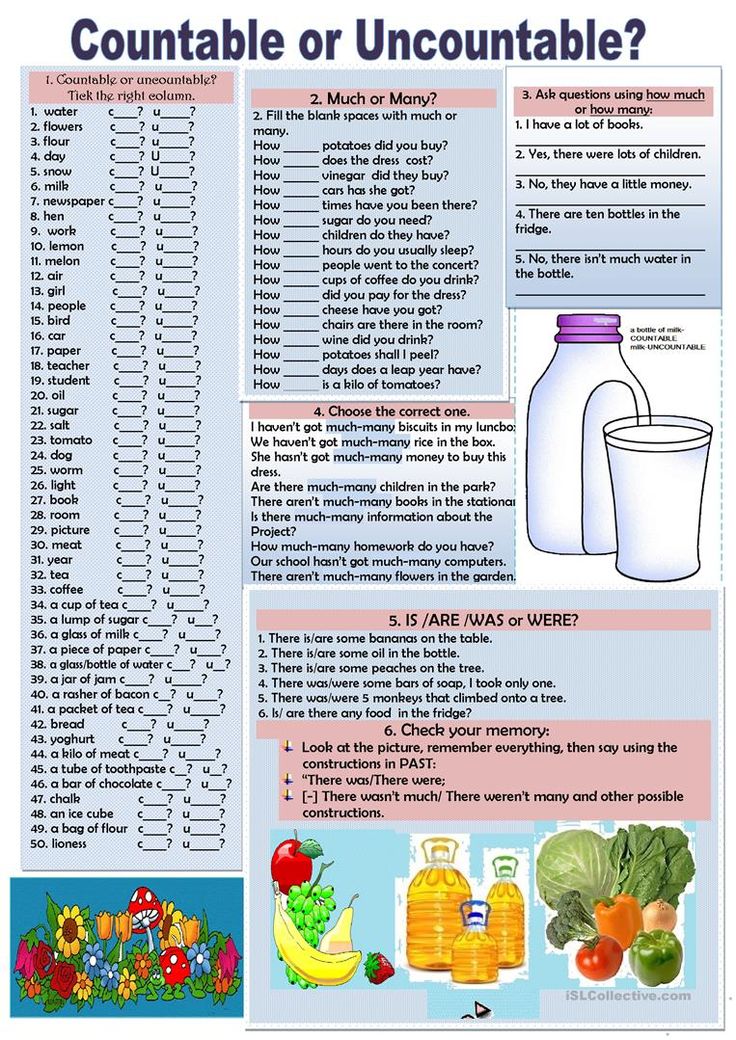 It is because of him that they try to introduce potatoes into complementary foods not as the first product. In American pediatrics, a child's acquaintance with white potatoes occurs at about the age of 8-10 months, closer to 10 months. Not to be confused with sweet potatoes. It is in Russian cooking without potatoes anywhere, any soup or stew includes this product, but other countries sometimes prefer sweet potatoes. Potatoes in complementary foods are peeled in a thin layer, young potatoes are washed with a rough sponge, which can easily peel off the delicate skin without a knife. nine0003
It is because of him that they try to introduce potatoes into complementary foods not as the first product. In American pediatrics, a child's acquaintance with white potatoes occurs at about the age of 8-10 months, closer to 10 months. Not to be confused with sweet potatoes. It is in Russian cooking without potatoes anywhere, any soup or stew includes this product, but other countries sometimes prefer sweet potatoes. Potatoes in complementary foods are peeled in a thin layer, young potatoes are washed with a rough sponge, which can easily peel off the delicate skin without a knife. nine0003
Mashed potatoes for baby are prepared with a fork and a sieve/masher. The blender makes the puree sticky, not every child will eat this. Therefore, we try to prepare mashed potatoes without lumps, if this does not work, we use a plastic sieve to give a more uniform consistency.
Always add butter to mashed potatoes. We make mashed potatoes liquid, so we do not pour out the potato broth, but use it. Without salt. We introduce the baby to potatoes for 4-7 days, follow the reaction of the body. Possible constipation. nine0003
Without salt. We introduce the baby to potatoes for 4-7 days, follow the reaction of the body. Possible constipation. nine0003
We give mashed potatoes to the child 1-2 times a week, 100-150 grams at a time, but less is better than more. We look at the condition of the child. Although the potato occupies a leading position in Russian cuisine, I believe that potatoes should be an episodic product in baby food, which is given a little in combination with other vegetables. In large quantities, potatoes will not bring much benefit, but you should not refuse the product either.
By the way, you can store cooked potatoes for a child for about a day, up to a year, then as it is customary in the family. nine0003
Complementary potatoes
Young potatoes for children
Young or early potatoes are offered to children from April to July, depending on the climate. It can be offered to a child after 1.5-2 years in a boiled form, after 3 years in a baked form, after 4-5 years in a fried form.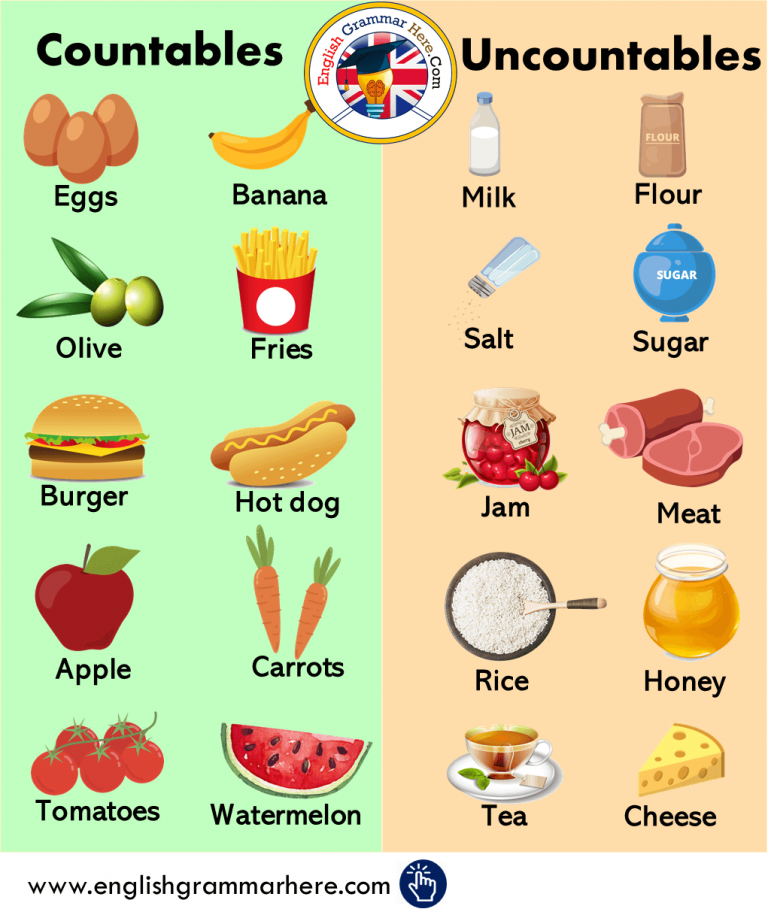 It is important that the child knows how to chew food well, to bite it into two halves. Young potatoes can be very small, and this is a risk of suffocation.
It is important that the child knows how to chew food well, to bite it into two halves. Young potatoes can be very small, and this is a risk of suffocation.
Ideal for boiling, stewing, steaming, and roasting. Ideal on its own or as part of salads or stews. You can read more in a separate article about Young potatoes here. nine0003
RECIPE - Young potatoes in their skins.
ARTICLE - New potatoes.
Young potatoes complementary foods Infographics
Until what age should potatoes be soaked?
The most important question that parents of almost all children ask is, until what age should potatoes be soaked?. We'll try to answer. Up to about a year, it is advisable to soak the potatoes in cold water. At first, the potatoes are soaked for about 10-12 hours in order to completely get rid of starch, a change of water is desirable, at least a couple of times. Then the time is gradually reduced, by the year the potatoes are soaked for about 1-2 hours, no more.
After a year, potatoes are prepared in the same way as is customary in the family. Why are we doing this? It's just that starch is poorly absorbed by the child's body, and it also increases insulin levels. And potatoes are a tuberous product that likes to collect nitrates, pesticides, etc., so it must be soaked for at least a couple of hours, for the safety of the whole family. nine0003
Allergy to potatoes
Allergy to potatoes in a child is very rare. But if it happened, then most often at the age of up to a year, during the introduction of complementary foods. People can be allergic to both raw and boiled potatoes. Potato allergy symptoms range from mild to severe. They can affect the skin, respiratory system and digestive tract. A potato allergy can also cause a life-threatening reaction called anaphylaxis.
Potatoes contain a large number of chemical compounds, most often proteins (pentone and tuberin) and starch can cause allergies. Moreover, if there may be an allergic reaction to the first components, then there may be hypersensitivity to the last component, since the product is poorly digested by the body, which leads to unpleasant symptoms in the form of gas formation, constipation, etc.

Allergy to potatoes can manifest as redness, rash, difficulty breathing, swelling of mucous membranes, irritation in the mouth, impaired stool, loss of appetite, vomiting, stomach pain, etc. Worst option - angioedema and anaphylactic shock.
If an allergy to potatoes appears, we cancel the product and turn to a pediatrician who will prescribe enterosorbents and histamine preparations. If the child is choking, blushing, unable to take a breath, urgently call an ambulance.
How to give potatoes
Complementary potatoes can be given up to 9-10 months only in the form of a homogeneous consistency, namely in the form of mashed potatoes, preferably without lumps. Then you can give boiled potatoes in small pieces, like finger food. But potatoes are chosen crumbly and well-cooked so that the child procrastinates a piece in his mouth, and swallowing it does not choke. nine0003
Potatoes can also be given in the form of boiled, baked, steamed potatoes.
All other options up to 2-3 years are contraindicated for a little man. Up to a year, potatoes in complementary foods are given in the form of mashed potatoes and soups. After that, you can make potato pancakes or cutlets, dumplings, stews, borscht, sauces, casseroles, etc. from potatoes.
Roasting white potatoes is the best way to prepare them. Baking white potatoes, especially for baby food, brings out their natural flavor while retaining most of the nutrients. nine0003
How to choose and store potatoes
First of all, pay attention to the peel. It is believed that the thicker the peel, the more mature the potato is. And if it is mature, the more likely it is that the potato will survive the winter. Never buy sprouted or green potatoes. in this state, toxic substances are activated in him. Small depressions, grooves, speak of the experienced presence of May beetle larvae, and barely noticeable holes can tell that a potato tuber has tried a wire beetle. Brown spots can indicate a scab disease.
This disease is caused by fungal bacteria. A really high quality potato should be firm and firm, with a smooth skin and no external imperfections. nine0003
The most excellent types of potatoes for boiling and frying are those with pinkish skins. And for mashed potatoes, potatoes with white flesh and skins are most suitable.
Refrigeration is not recommended, but it is possible. Create special conditions for this. There are a few precautions in this process.
The starch found in potatoes can turn into sugar at low temperatures. For this reason, potatoes can have a sweetish taste. The higher the percentage of moisture in the refrigerator, the greater the risk that the potatoes will rot. nine0003Do not store potatoes in plastic bags in the refrigerator. He needs to breathe.
If the potatoes are already cooked, it is best to eat them within 2 days. And if the potato is raw, then within a week everything will be fine with it. Remember that potatoes should be stored in the refrigerator for no more than 7 days.

The cellar is the best way to store potatoes. It should be dry, dark, and the temperature constant. The best average temperature is from 2 to 4 degrees, and the percentage of humidity should not exceed 70%. In order to reduce dampness in the cellar, its floor is covered with rubble or pebbles. If there is a window in the storage room, then you need to try to make sure that direct sunlight does not fall on the potatoes. Also try to ventilate the room, because. stagnant air can harm potatoes. nine0003
Shelf life of potatoes in the cellar: six months.
Pesticides and potatoes
If, when pressed with a fingernail, the peel easily breaks, and there is moisture at the site of the nail mark, then this means that the potato was grown with the help of nitrates. If a crunch is heard, then the potato is quite safe, and you can take it.
Potatoes receive the first dose of pesticides, herbicides and insecticides from producers during cultivation. These substances help to get rid of weeds, pests, irritants of various diseases and fungi.
Nitrates are also used for larger plant volume and faster growth. And to improve the appearance, it is simply washed. nine0003
Contraindications
It is recommended to restrict the diet of potatoes to those who suffer from problems with digestion or obesity, the work of the gastrointestinal tract. Without a doctor's referral, you should not be treated with potatoes, with diabetes. We can't rule out an allergic reaction. Here you will need the help of a doctor. If necessary, an antihistamine should be taken to avoid complication of the patient's condition.
How to cook potatoes?
Potatoes are offered as a one-component puree for the first feeding, cooked from a fresh product. The product can be boiled in water or steamed, baked in the oven. At first, the potatoes must be peeled, but as soon as the baby gets acquainted with the product, it can be boiled or baked in the oven in a peel, the taste of the product is different, so it’s worth introducing the baby to all possible cooking options.
After 3 years, you can give the baby to eat potatoes that were baked in a fire, just clean it well from the ashes. nine0003
Freezing potatoes
I do not recommend freezing potatoes, especially for a child. Many write on the Internet that raw potatoes, after freezing and thawing, acquire a sweet taste. Honestly, no, it doesn’t, especially if it’s in mayonnaise with garlic, it’s normally baked and it turns out delicious. I freeze potatoes in a complete adult dish and do it to save my time, like french fries. But when I cook for a child, I soak the potatoes for several hours, why freeze it after that. This is not a product that should be stored in the freezer, then pulled out and cooked again. Peel one potato in just 1 minute, I do not feel sorry for the time for the child. But the French-style meat is cooked for about an hour, and then baked. nine0003
Also, do not freeze mashed potatoes, they become too watery.
Finger food potatoes
Babies have a natural curiosity and need to be explored.
Why not take advantage of this when serving baby food? Help your baby develop a strong grip by offering finger food and self-feeding food.
For example, white potatoes mixed with flattened peas are a good finger food option. This is done very easily. Pour the steamed peas, which were previously mashed, into the mashed potatoes. This consistency will help the child develop motor skills while the child is trying to fish out green peas from the white mass of potatoes. It's also worth trying mixing carrots, broccoli, green beans, and any other colorful food with mashed potatoes. nine0003
Potato pieces can be given when there is confidence that the child will not choke. It is worth choosing a crumbly potato variety that is well cooked. Give small pieces so that you can swallow them.
We eat deliciously. Annabelle Carmel.
Superfood for your child from 0 to 2 years old. Ruth Yaron Superfood for your child from 0 to 2 years old. Ruth Yaron Superfood for your child from 0 to 2 years old.Ruth Yaron
Potato ready-made baby food
Potato ready-made baby food offers potatoes in the form of mixes with other vegetables, meat or fish. Pure mashed potatoes can only be found at Hipp and Gerber. nine0003
Then the most common vegetable combination is zucchini and potatoes , this type of baby puree is offered to us by such manufacturers as Semper, Fleur Alpine, Hipp, Frutonyanya, Gerber. Moreover, companies such as Fleur Alpine, Hipp add rice flour and rapeseed oil to this baby puree, in addition to the declared vegetables. Also found are cauliflower and potatoes from Fleur Alpine and Gerber, corn and potatoes from Semper, and pumpkin and potatoes at Hipp. An interesting combination is offered by baby food manufacturer Bibikol:
- zucchini, potatoes and goat curd;
- pumpkin, potatoes and goat cheese .
But carefully read the composition of baby puree, as this manufacturer added rice flour and an apple to these purees.

There are also many vegetable platters with potatoes from various baby food manufacturers, for example:
- Hipp vegetable platter, 125 grams,
- Heinz Vegetable Mix, 120 grams,
- Marmaluzi Sweet Vegetable Puree, 125 grams.
Potatoes are often combined with meat and fish. Basically, we are offered something similar to stew or soup and borscht, as well as fish cakes with mashed potatoes or fish soups, but all this is offered in the form of a homogeneous consistency. Basically almost all jars from 120 grams and more. The smallest dosage of 80-100 grams is found in Frutonyanya and 100 grams in Babushkino Lukoshko. nine0003
Let's look at some examples of baby meat and potato purees .
I remind you that we carefully read the composition of such multi-ingredient children's dishes, because manufacturers add herbs (basil, dill, parsley), oil (rapeseed, olive, corn, etc.), natural thickeners (rice or oat flour) to give taste ), spices (pepper and salt), products that have not yet been introduced into the baby's complementary foods (spinach, leeks, etc.
). Therefore, if the composition contains at least one unfamiliar product for the baby, then this baby puree must be introduced into the child's diet, as a new product, within 4-7 days. nine0003
Hipp
- Vegetable cream soup with chicken, 190 grams;
- New potatoes and green beans with rabbit;
- Vegetable mix with beef, 220 grams;
- Potato with rabbit and fennel;
Marmaluzi
- Vegetables with beets and tongue, 125 grams
- Vegetable stew with beef;
- Vegetable puree with chicken meat;
Gerber
- Home style turkey; nine0014
Heinz
- Village veal;
- Peasant beef, 120 grams;
- Vegetable stew with turkey;
- Sauteed pumpkin with chicken, 120 grams;
Babushkino Lukoshko
- Turkey/vegetables, 100 grams;
- Beef/vegetables;
Semper
- Vegetables with turkey meatballs, 190 grams
- Potato stew with beef; nine0014
- Potato and vegetable stew with chicken;
- Vegetables with rabbit in cream sauce;
- Vegetables with veal liver;
- Vegetables with beef meatballs;
- Mashed potatoes with vegetables and veal;
- Vegetables with lamb;
Frutonyanya
- Turkey/vegetables, 100 grams;
- Chicken/vegetables;
- Beef/vegetables;
And now some more baby purees with fish and potatoes :
Heinz
- Hake with potatoes;
- Trout vegetables;
Babushkino Lukoshko
- Keta/vegetables;
- Walleye/vegetables;
- Sockeye/vegetables;
- Pink salmon and potatoes;
- Salmon/vegetables
Semper
- Vegetable stew with cod fillet, 190 grams;
- Sauteed vegetables with sea bass;
- Potato with flounder;
- Mashed potatoes with salmon in creamy sauce, 190 grams;
Marmaluzi
- Mashed potatoes with fish pieces, 190 grams.
